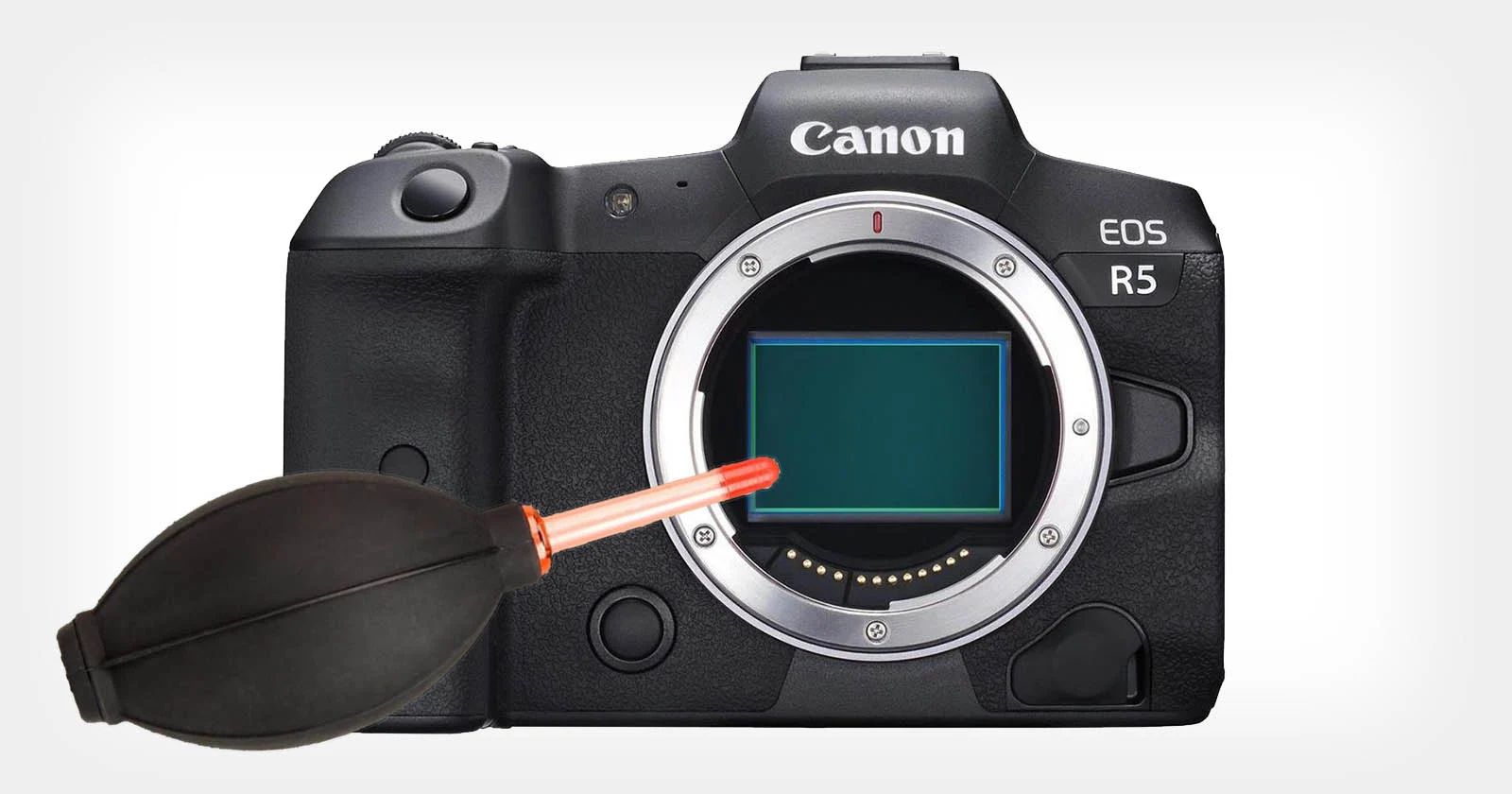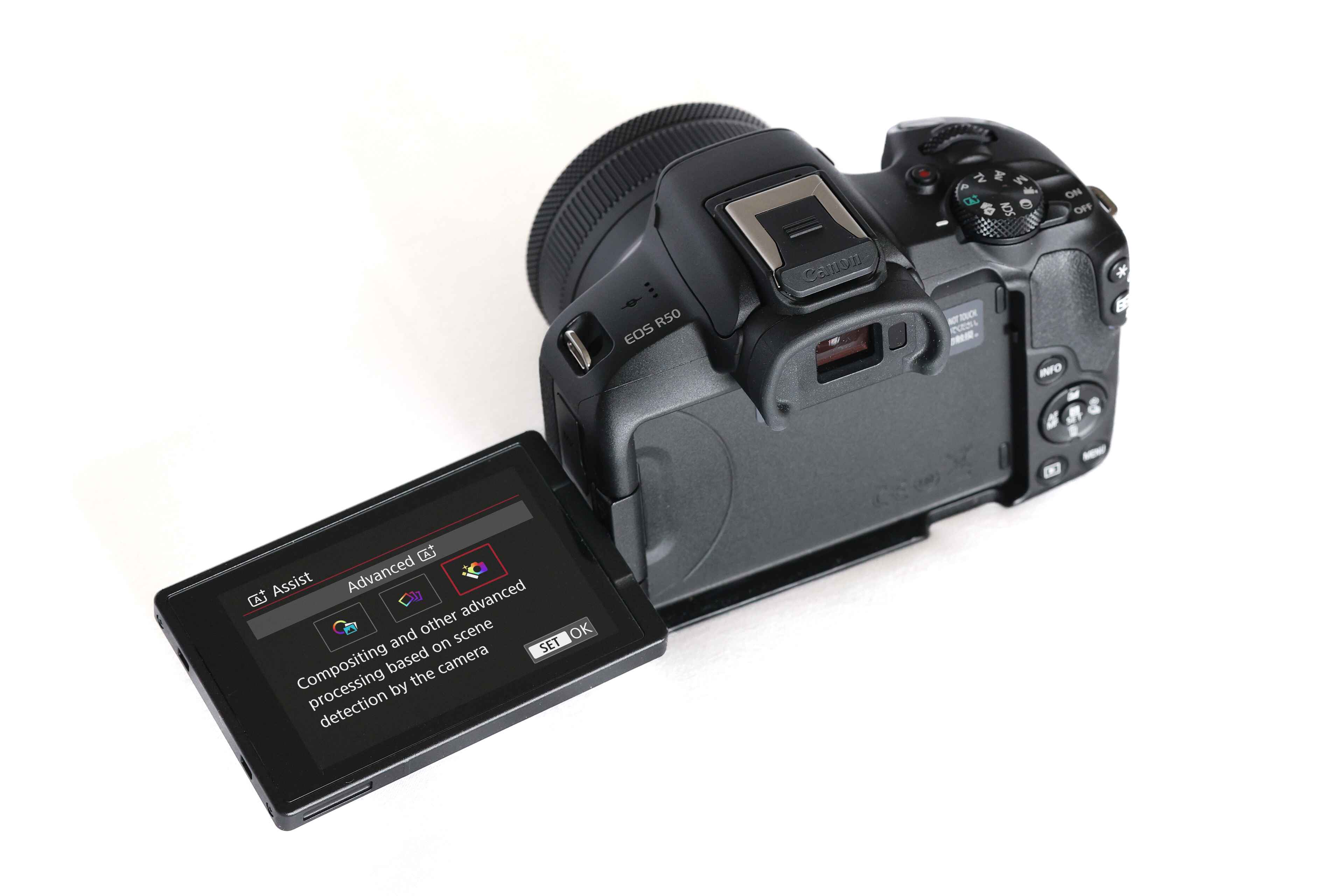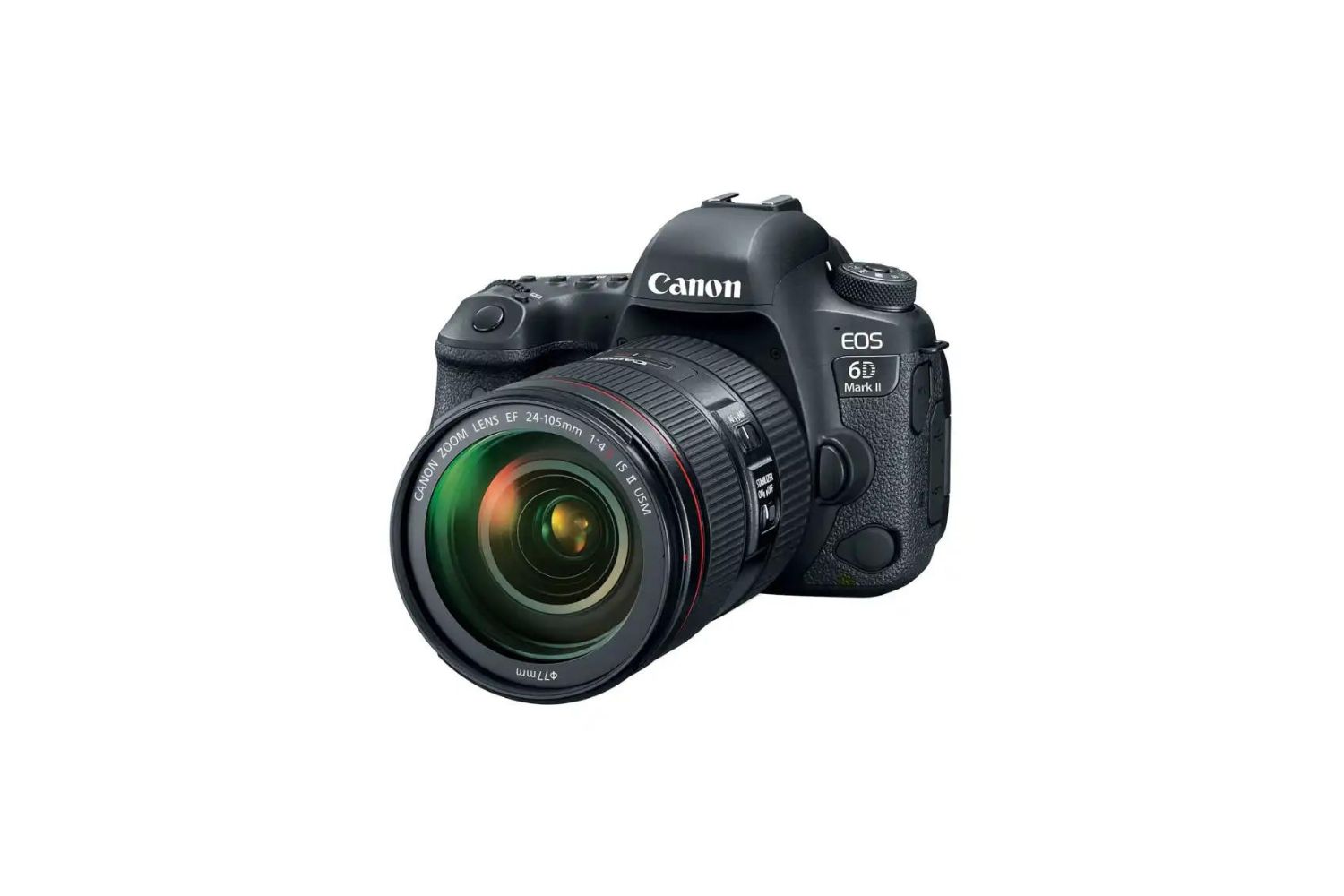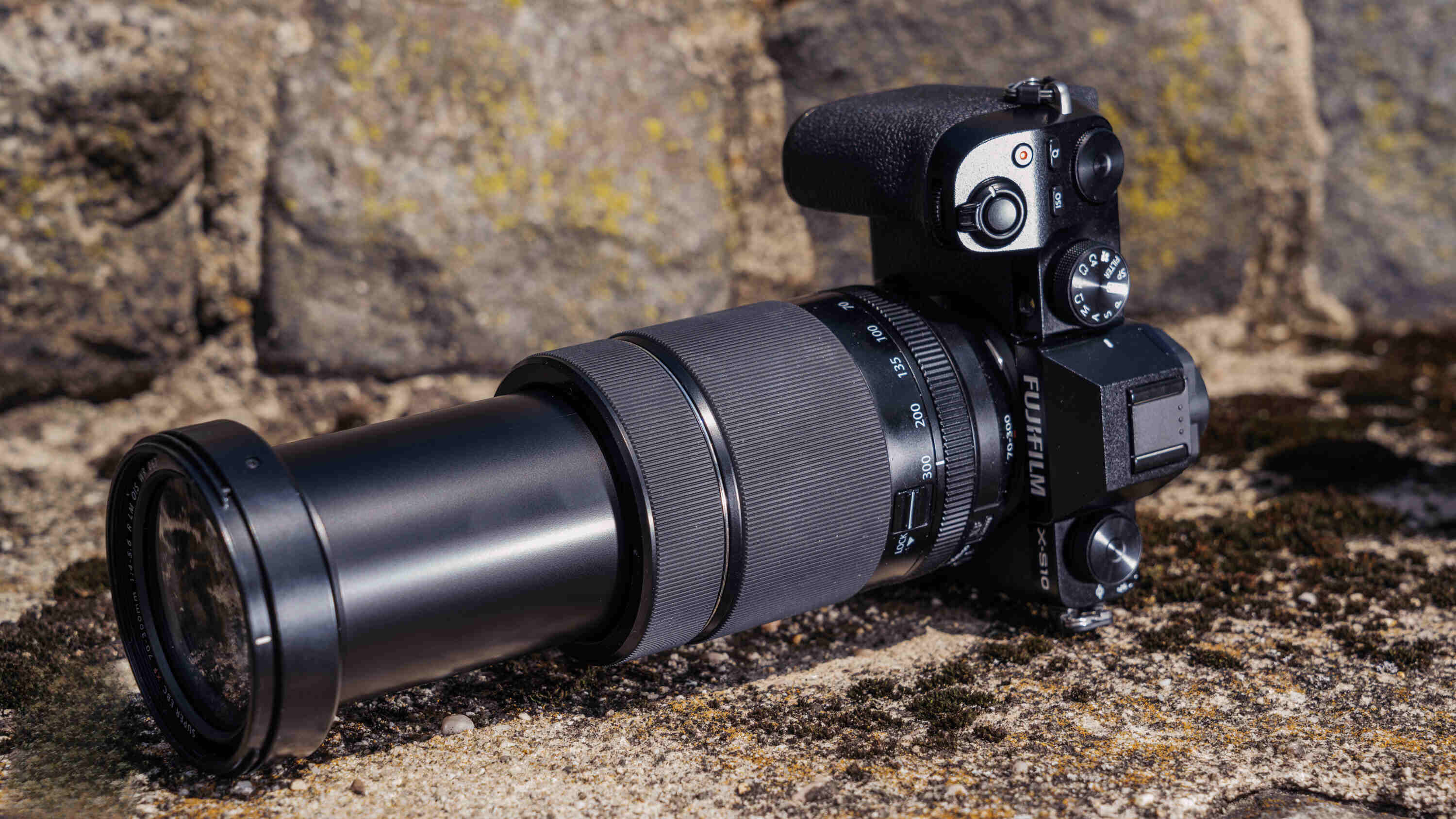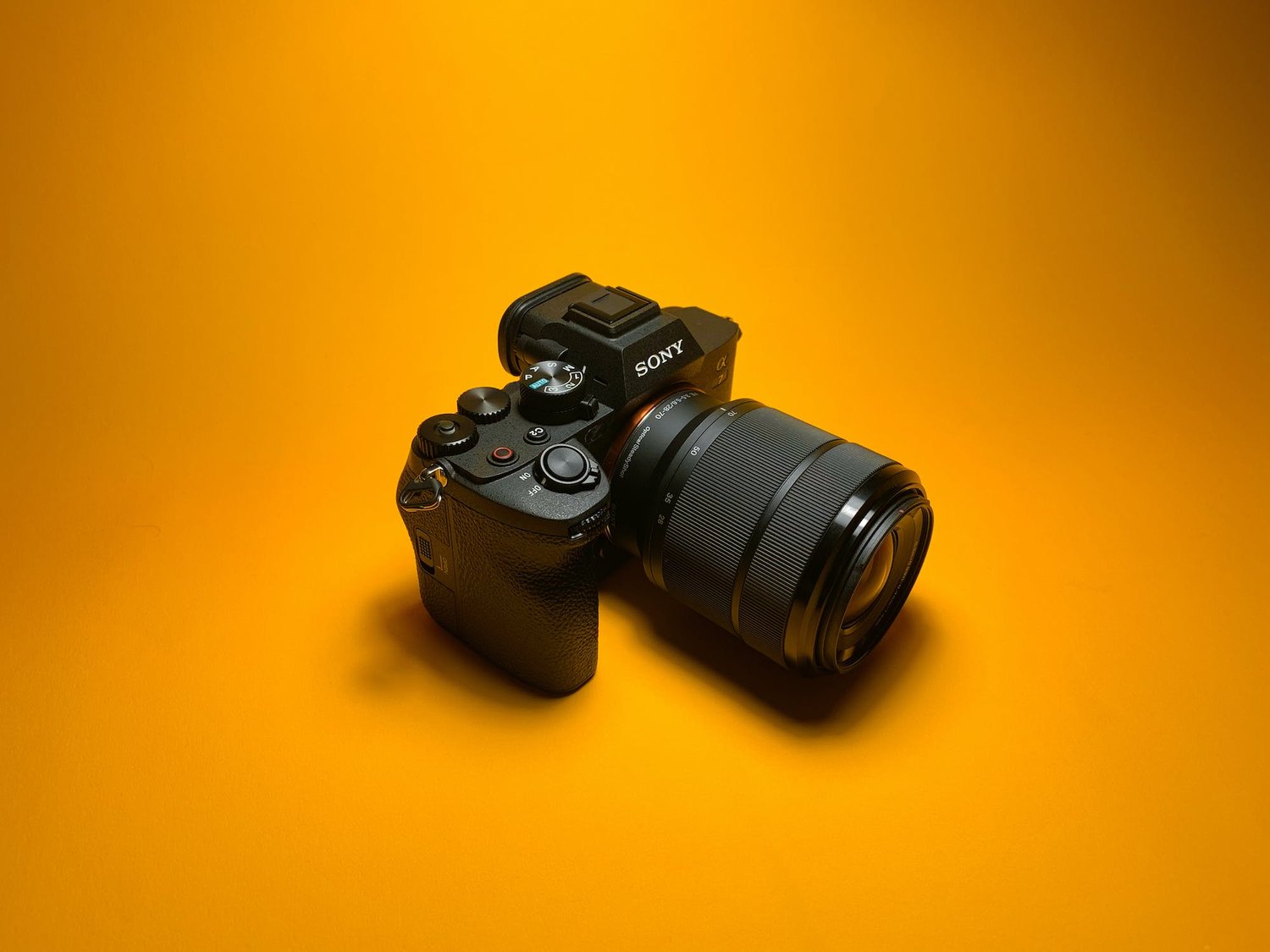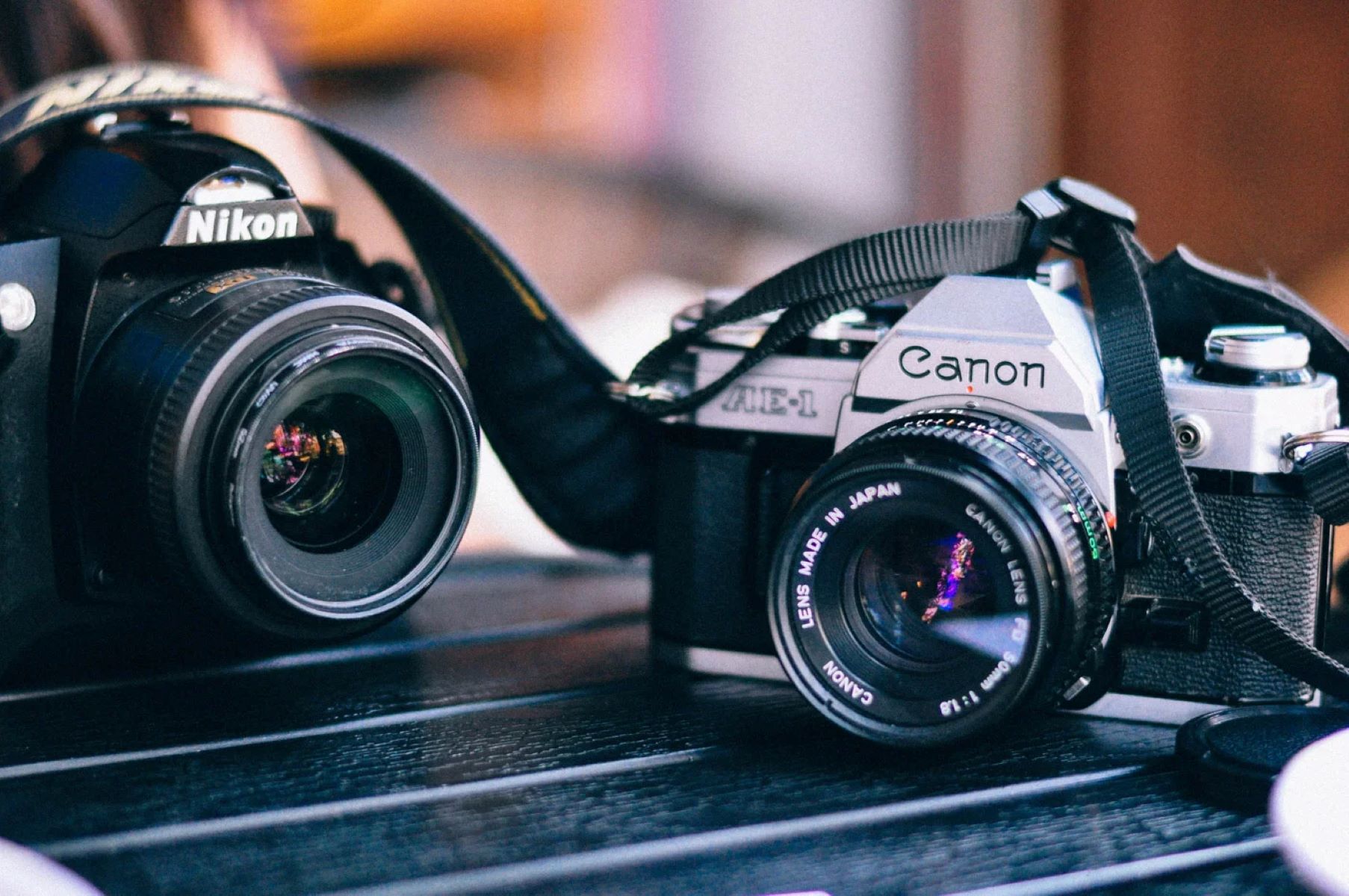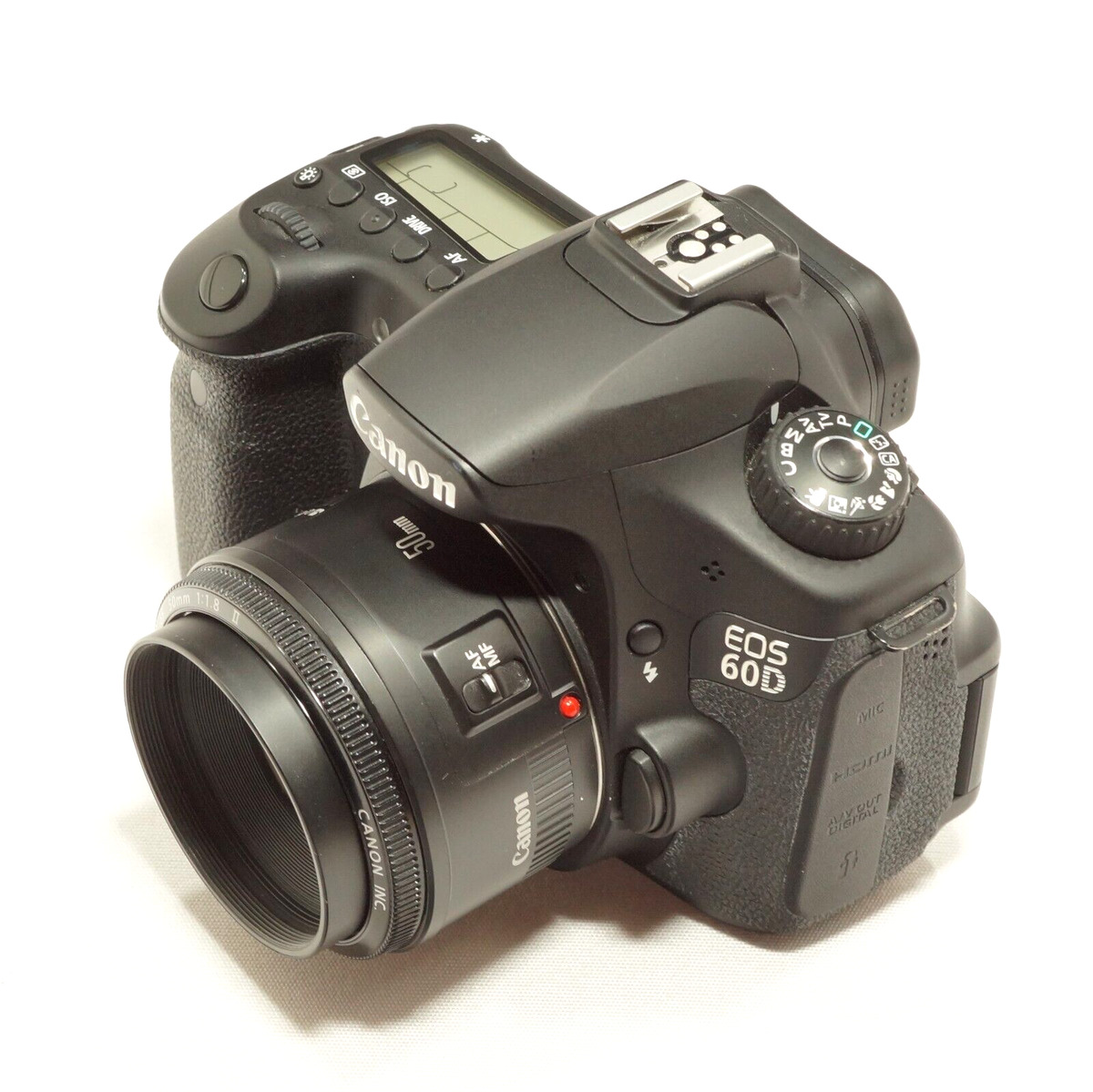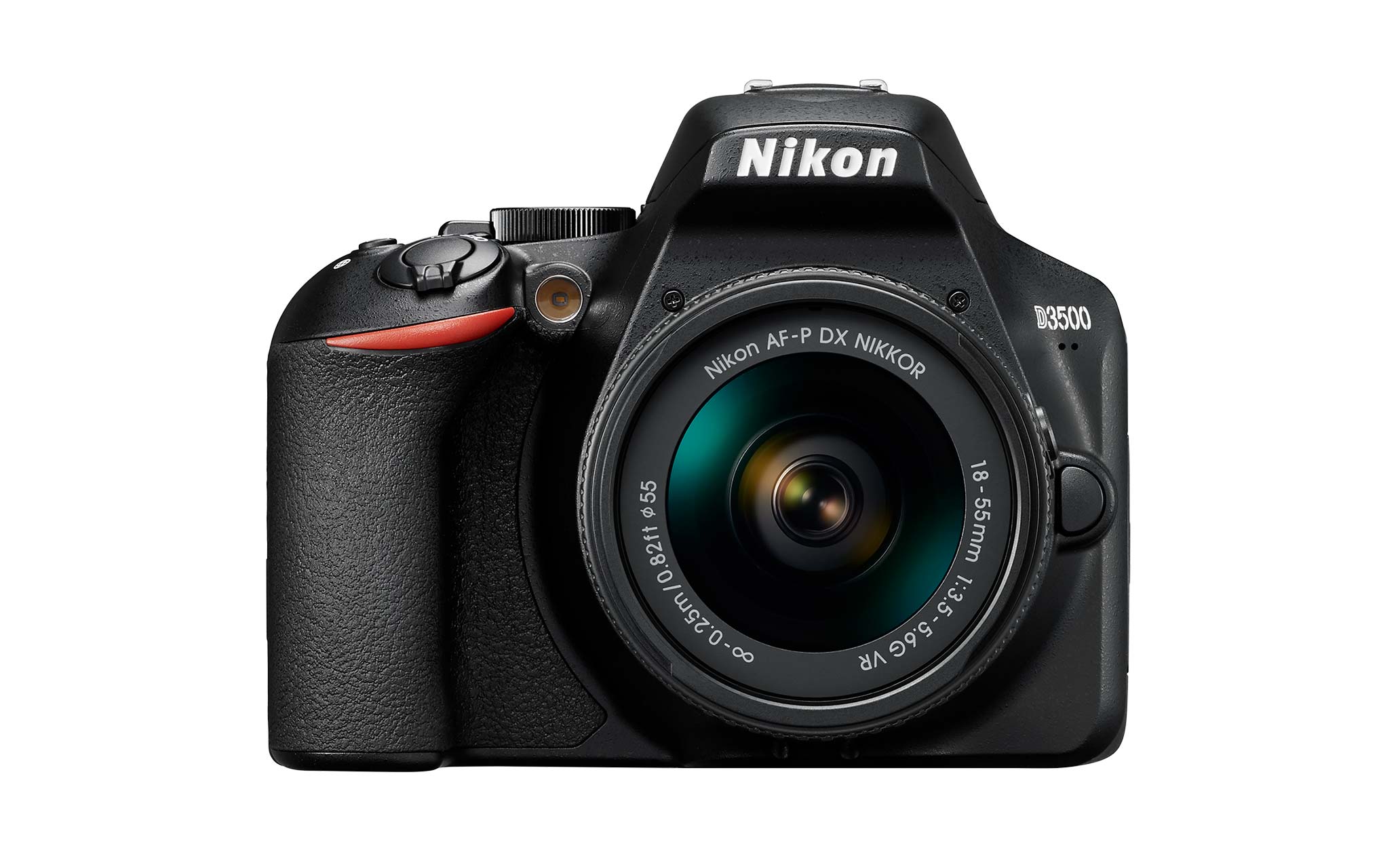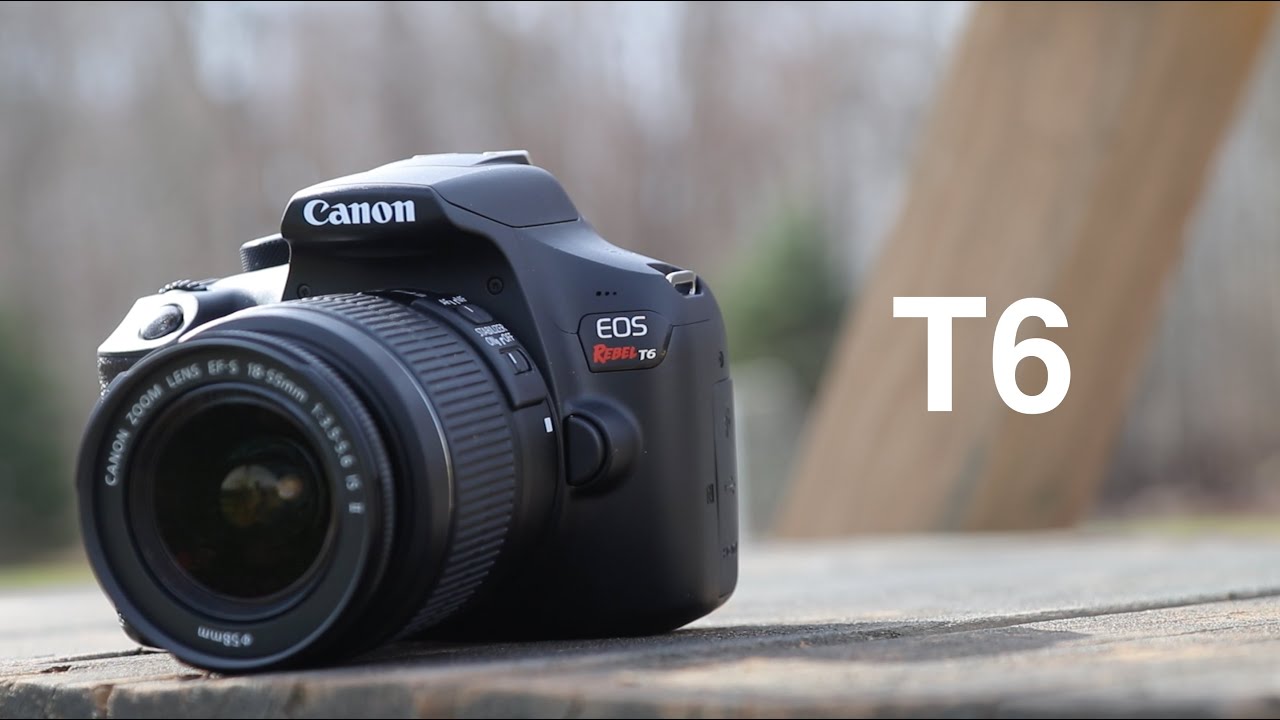Introduction
When it comes to capturing life's most cherished moments, the evolution of photography has been nothing short of revolutionary. The transition from traditional film cameras to digital single-lens reflex (DSLR) cameras has not only transformed the way we take pictures but has also significantly impacted the quality and convenience of photography. At the heart of this transformation lies the digital sensor, a pivotal component that has replaced traditional film in DSLR cameras.
The shift from film to digital sensors has ushered in a new era of photography, offering unparalleled flexibility, efficiency, and image quality. Understanding the role of the digital sensor in a DSLR camera involves delving into the history of traditional film photography and exploring the innovative technology that powers modern digital imaging. By uncovering the functions and capabilities of the digital sensor, we can gain a deeper appreciation for the advancements that have reshaped the art and science of photography.
In the following sections, we will embark on a journey through the evolution of photography, examining the role of film in traditional cameras and the pivotal emergence of digital sensors in DSLR cameras. We will uncover the intricate mechanisms behind the digital sensor and explore the myriad ways in which it has revolutionized photography. By the end of this exploration, you will have a comprehensive understanding of the digital sensor's transformative impact and the fundamental aspects it replaces in the realm of traditional film photography.
Film in Traditional Cameras
Before the digital revolution, traditional cameras relied on film to capture and store images. Film photography was a marvel of its time, offering a tangible medium for preserving visual memories. The film itself was a photosensitive material, typically made of a flexible plastic base coated with an emulsion containing light-sensitive silver halide crystals. When exposed to light through the camera’s lens, these crystals underwent chemical changes, forming latent images that could be developed into visible photographs.
Photographers carefully selected the type of film based on factors such as sensitivity to light (measured in ISO or ASA), color rendition, and grain structure. Black-and-white film, known for its classic aesthetic and tonal range, was a popular choice for artistic and documentary photography. Color film, on the other hand, introduced a new dimension to visual storytelling, allowing photographers to capture the vibrancy of the world in all its hues.
Developing film was a meticulous process that involved immersing the exposed film in a series of chemical baths to reveal the latent images. This traditional method of image capture and processing required precision, patience, and a deep understanding of photographic chemistry. Once developed and dried, the film negatives were used to produce prints in a darkroom or through professional laboratories, culminating in physical photographs that could be held, displayed, and cherished.
Despite its enduring charm, film photography posed several limitations. The finite number of exposures per roll of film necessitated frequent reloading, making it impractical for capturing extended events or spontaneous moments. Additionally, the reliance on physical film meant that photographers had to wait until the roll was used up before processing and viewing the images, leading to potential missed opportunities and uncertain results.
Furthermore, the analog nature of film photography made editing and sharing images a labor-intensive endeavor. Any alterations or enhancements required intricate darkroom techniques, and distributing photographs to a wider audience often involved making physical copies or transparencies. The advent of digital sensors in DSLR cameras addressed these challenges, offering a revolutionary alternative that transcended the constraints of traditional film photography.
Digital Sensor in DSLR Cameras
The digital sensor in a DSLR camera serves as the modern-day equivalent of traditional film, revolutionizing the way images are captured, processed, and stored. Unlike film, which relied on chemical reactions to record light, digital sensors are electronic devices that directly convert light into digital signals, creating a digital representation of the captured scene. This transformation from analog to digital imaging has redefined the possibilities of photography, offering unparalleled precision, versatility, and immediacy.
At the core of a digital sensor lies an array of millions of photosites, also known as pixels, each capable of detecting and recording the intensity of light. These pixels collectively form the sensor’s imaging surface, capturing the intricate details and nuances of a scene with remarkable fidelity. The size and density of these pixels contribute to the sensor’s resolution, determining the level of clarity and sharpness in the resulting images.
One of the key advancements of digital sensors is their ability to adjust sensitivity to light, known as ISO, dynamically. This flexibility allows photographers to adapt to varying lighting conditions without changing physical film, offering unprecedented control over exposure and image quality. Additionally, digital sensors enable instant feedback through the camera’s display, empowering photographers to review, adjust, and retake shots in real time, a luxury that was inconceivable in the era of film photography.
Furthermore, the digital sensor’s integration with advanced signal processing technologies facilitates the implementation of various shooting modes, such as burst mode for rapid continuous shooting and high dynamic range (HDR) imaging for capturing a wider range of tonal values. These capabilities expand the creative horizons of photographers, empowering them to explore new techniques and push the boundaries of visual storytelling.
Another hallmark of digital sensors is their compatibility with interchangeable lenses, allowing photographers to adapt to diverse shooting scenarios and artistic preferences. The seamless synergy between digital sensors and a myriad of lenses, ranging from wide-angle to telephoto, empowers photographers to capture everything from sweeping landscapes to intimate portraits with unparalleled precision and expression.
By embracing digital sensors, DSLR cameras have transcended the constraints of traditional film photography, offering a dynamic and transformative platform for visual creativity. The digital sensor’s fusion of cutting-edge technology and artistic ingenuity has redefined the art of photography, ushering in an era of limitless possibilities and unparalleled image quality.
What the Digital Sensor Replaces
The digital sensor in a DSLR camera replaces several fundamental aspects of traditional film photography, introducing a host of transformative capabilities that have redefined the art and science of capturing images. By understanding the specific elements that the digital sensor supersedes, we can appreciate the profound impact it has had on the photography landscape.
- Physical Film: The most apparent replacement brought about by the digital sensor is the physical film itself. Instead of relying on light-sensitive emulsions and chemical development processes, digital sensors directly capture and convert light into electronic signals, eliminating the need for physical film rolls and darkroom procedures.
- Limitations of Exposures: With traditional film, photographers were constrained by the finite number of exposures per roll, necessitating frequent reloading and potentially missing crucial moments. The digital sensor transcends this limitation by offering virtually unlimited exposures, enabling photographers to capture an extensive range of scenes without interruption.
- Delayed Feedback: Unlike film photography, where photographers had to wait for film development to assess the quality of their images, digital sensors provide instant feedback through the camera’s display. This immediate review capability empowers photographers to make real-time adjustments, ensuring optimal image capture and creative expression.
- Physical Processing and Distribution: Digital sensors streamline the post-capture workflow by eliminating the need for physical film processing and distribution. Photographers can seamlessly transfer digital images to computers, where they can be edited, shared, and reproduced without the labor-intensive processes associated with traditional film photography.
- Adaptability and Flexibility: Digital sensors offer unparalleled adaptability and flexibility in adjusting sensitivity to light (ISO) and implementing advanced shooting modes. This dynamic versatility empowers photographers to confidently navigate diverse lighting conditions and explore innovative imaging techniques, transcending the constraints of traditional film.
By replacing these fundamental aspects of traditional film photography, the digital sensor has not only revolutionized the technical aspects of image capture but has also redefined the creative possibilities available to photographers. The seamless integration of digital sensors in DSLR cameras has propelled photography into a new era of innovation, efficiency, and artistic freedom, shaping the way visual narratives are crafted and shared.
Conclusion
The evolution of photography from traditional film to digital sensors in DSLR cameras represents a monumental shift that has redefined the art and science of capturing images. The digital sensor, with its electronic prowess and transformative capabilities, stands as a testament to the relentless innovation that continues to shape the photography landscape.
By delving into the history of film photography and the emergence of digital sensors, we have unraveled the profound impact of this technological transition. The digital sensor’s ability to directly convert light into electronic signals, offering instant feedback, and facilitating seamless post-capture processing has transcended the limitations of traditional film, ushering in a new era of efficiency and creative freedom.
Furthermore, the replacement of physical film with digital sensors has eliminated the constraints of finite exposures, delayed feedback, and labor-intensive processing, empowering photographers to explore new horizons and capture moments with unprecedented immediacy and precision. The adaptability and flexibility of digital sensors, coupled with their seamless integration with interchangeable lenses, have expanded the creative horizons of photographers, enabling them to craft visual narratives with unparalleled depth and expression.
As we embrace the digital sensor’s transformative role in DSLR cameras, we witness a convergence of cutting-edge technology and artistic ingenuity, redefining the possibilities of visual storytelling. The seamless fusion of electronic imaging and creative vision has propelled photography into a realm of limitless exploration and boundless potential, offering photographers and enthusiasts alike a platform to capture, create, and share moments that resonate with depth and authenticity.
In essence, the digital sensor in a DSLR camera represents not just a technological innovation, but a catalyst for a new era of visual expression. It embodies the spirit of progress and the relentless pursuit of excellence, encapsulating the essence of photography’s evolution and the enduring power of images to inspire, connect, and endure.







